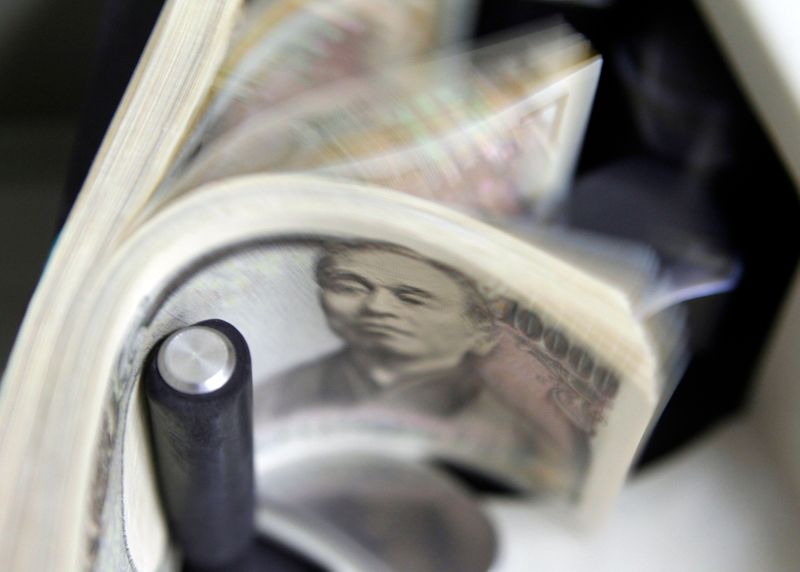On Sunday, the U.S. dollar and the Japanese yen slightly increased from their positions late Friday, following violent incidents in Israel over the weekend. This rise indicates the profound impact that Middle Eastern turmoil can have on global financial markets, particularly on the USD.
The USD’s status as a safe-haven currency is reinforced during periods of geopolitical instability or economic uncertainty. Under these conditions, investors tend to shift their capital towards safer assets like U.S. sovereign debt and the USD itself. The weekend’s disturbances in Israel provide a recent example of such a shift.
In addition to impacting currency values, Middle Eastern issues often trigger a surge in oil prices. However, it’s important to note that this trend is not always immediate and can depend on various factors including the severity of the situation and its potential implications on oil production and supply chains.
On the foreign exchange front, current rates as of Sunday are as follows: stands at 1.0565, at 149.09, at 1.2204, at 0.9093, at 1.3664, at 0.6366, and at 0.5971.
Market liquidity typically sees a boost on Monday mornings when various Asian centers initiate trading activities. This pattern could potentially influence these rates in the immediate future, depending on how investors respond to the ongoing geopolitical scenario.
This article was generated with the support of AI and reviewed by an editor. For more information see our T&C.
Read the full article here










